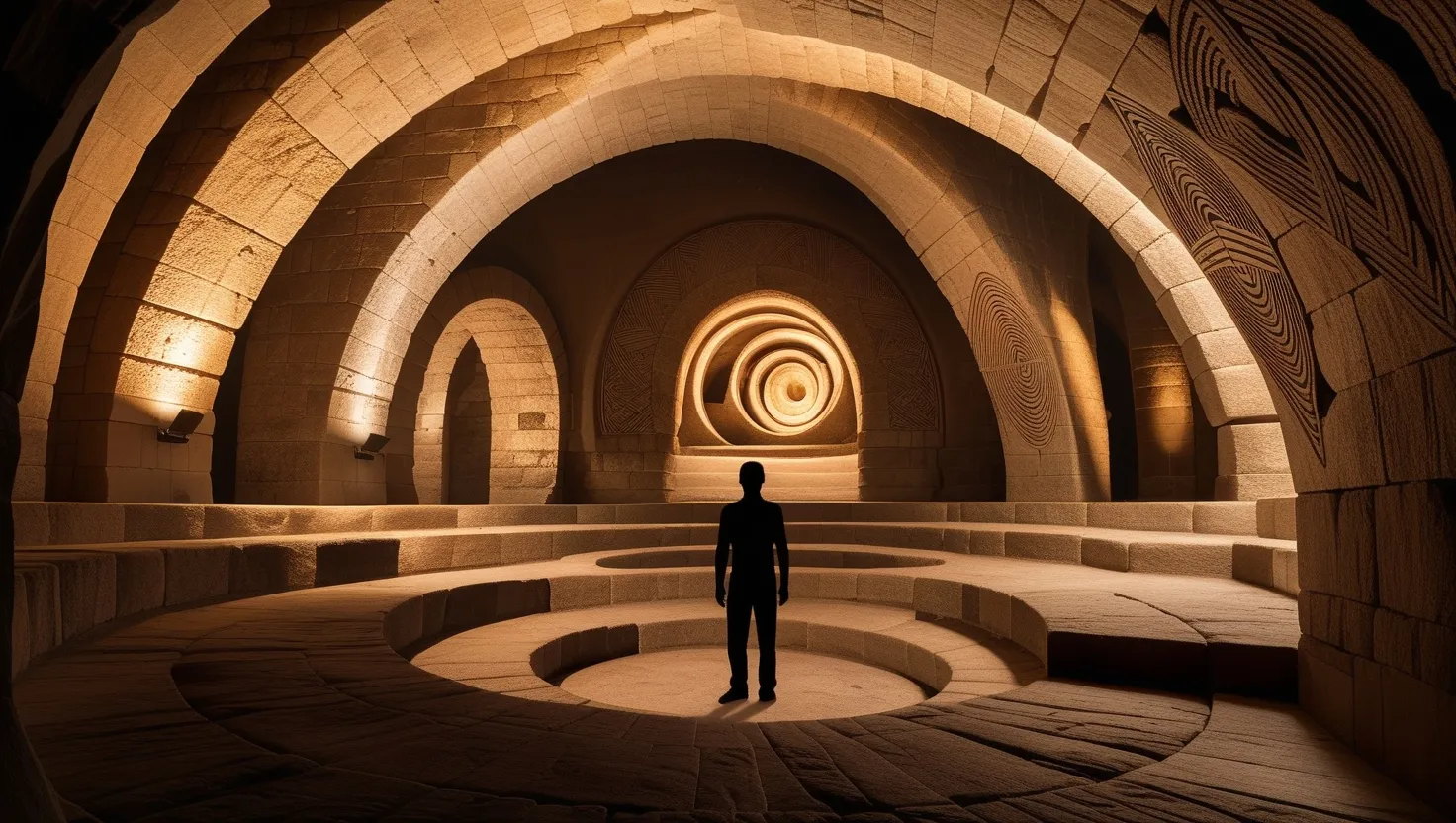In the early 1950s, America was obsessed with science fiction. The fascination wasn’t just a trend; it was a doorway to dream about the limitless possibilities spurred by the atomic age. Wernher von Braun saw this as his golden chance. His mission? To turn those sci-fi fantasies into our everyday reality.
Back in 1952, von Braun sparked imaginations through a series of illustrated articles in Collier’s Magazine, painting pictures of life in space. This guy wasn’t just any scientist or engineer—he had a vision. A visionary with a knack for blending hard science with the kind of wonder that lifts humanity to new heights.
Then, bam! 1957 happened. The Soviet Union launched Sputnik, the first man-made object to enter Earth’s orbit, and America’s space race was off and running. Von Braun stepped up to the plate. He led the charge to get the first American satellite and then a man into orbit, all aboard rockets based on his V2 designs. Talk about a leap.
Fast forward to July 20, 1969. Imagine von Braun, now 57, inside Mission Control. Holding his breath with the rest of the world, he watched as we made history. “The Eagle has landed,” and humanity had set foot on the moon. A boyhood dream, once deemed impossible, had become a reality. This felt like we had jumped from horse-drawn carriages straight to lunar landings in just six decades. Mind-blowing, right?
Reaching the moon isn’t just about big dreams but also about super precise math. Missing the moon by a smidgeon of a degree or a tiny bit of speed could mean game over. The skill to adjust the orbit in real time and juggle those calculations was, without a doubt, a marvel of human achievement.
But here’s the kicker: How did von Braun know exactly what he needed to nail those calculations? Where did he get such pinpoint data about the moon’s gravitational pull, the speed to break Earth’s orbit, or how space radiation would affect the spacecraft? Some folks think that extraterrestrial technology might have dropped into the hands of visionaries like von Braun, giving them the edge to make these technological leaps. Out-of-this-world tech that fast-tracked our progress in ways we couldn’t even dream of.
Von Braun wasn’t about to stop at the moon. He had visions of colonies in space, perhaps inspired by something beyond our earthly realm. Could it be that he was driven by some alien intelligence? Maybe those moon landings were possible because of some extraterrestrial tech boost.
Looking back, it’s wild to think about how quickly we advanced, going from the early days of simple rockets to sophisticated lunar missions. The excitement of turning science fiction into science fact fueled an era of innovation and exploration that seemed to have no limits. And at the heart of it all was von Braun—a man whose dreams of space travel might have been just a sliver of what’s truly possible.
The journey to the moon wasn’t just a giant leap for mankind; it was proof that with vision, ambition and maybe a little help from beyond, we could achieve the impossible. So, the next time you look up at the moon, think about the path we took to get there and the possible otherworldly help that might have made it all come together.






